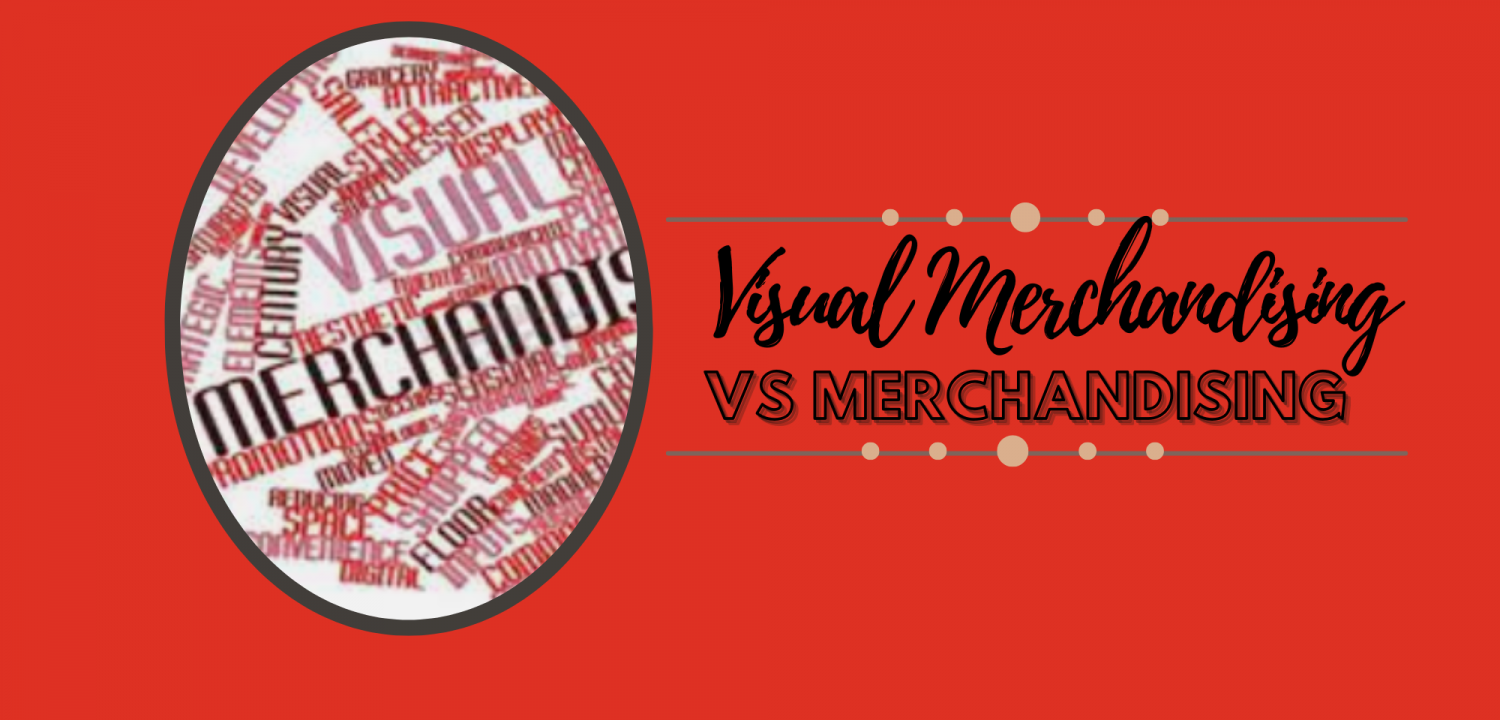What is the difference between visual merchandising and merchandising?
Displays and product placement play critical roles in retail design and sales. Both are strategic techniques that can be the difference in converting a potential consumer or not. Merchandising and visual merchandising are critical aspects of any retail space and while these words are used interchangeably, they are two different components.
As a visual merchandiser, it’s critical to understand the differences between merchandising and visual merchandising. Keep reading to learn more!
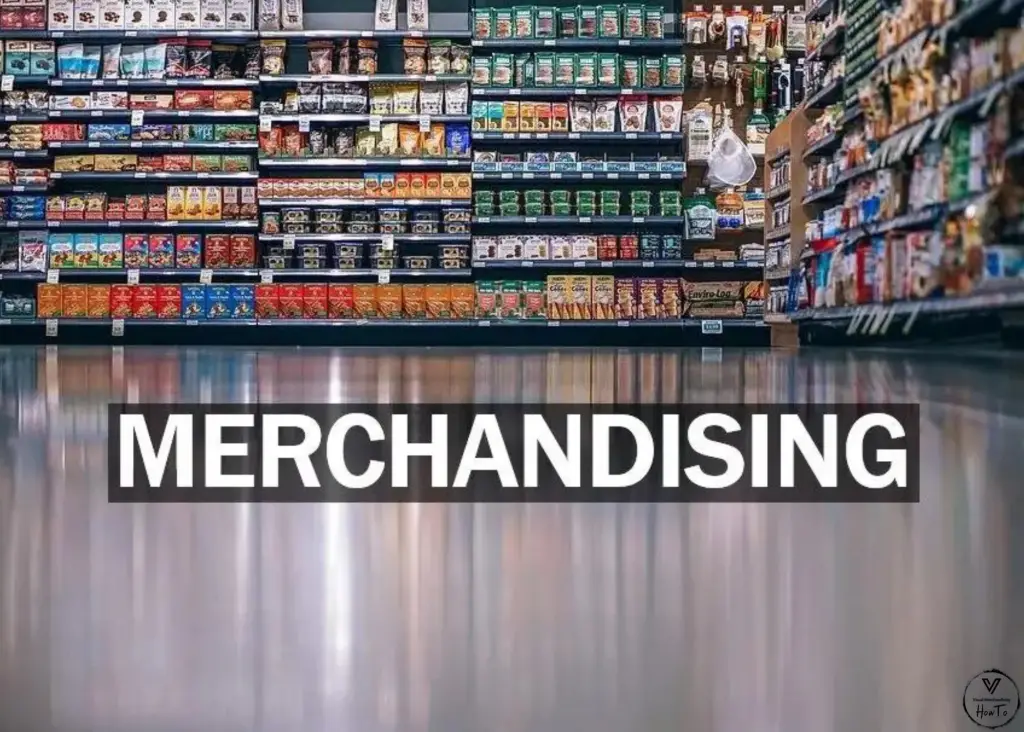
What is merchandise?
In the retail world, merchandise is considered any product that can be sold or purchased. That means all goods for sale are considered merchandise, ranging from raw materials to electronics, clothing, or groceries in a supermarket. If the retailer can sell the item and the consumer can purchase it, then it’s merchandise. Four merchandise types exist in retail, including:
Convenience – convenience items are those that are easily found and purchased, and that the consumer must-have, like food or hygiene products.
Electronic – electronic or household merchandise includes items with high intent and a high price tag that take more research and thought before finalizing the purchase. These include furniture, electrical appliances, and smartphones.
Impulse – the opposite of convenience merchandise is impulse, which includes non-necessity items like sweet drinks, candy, newspapers, magazines, and add-on products.
Specialized – although more niche than electronic merchandise, specialized includes products that are purchased less and at a much higher cost, such as international vacations and rare automobiles.
Merchandise is critical because it runs the modern commercial society alongside the global economy. The average citizen requires merchandise to survive since all items an individual needs or wants is considered merchandise. The primary goal for most companies is to meet the wants and needs of their consumers by selling products that generate a profit.
What is merchandising?
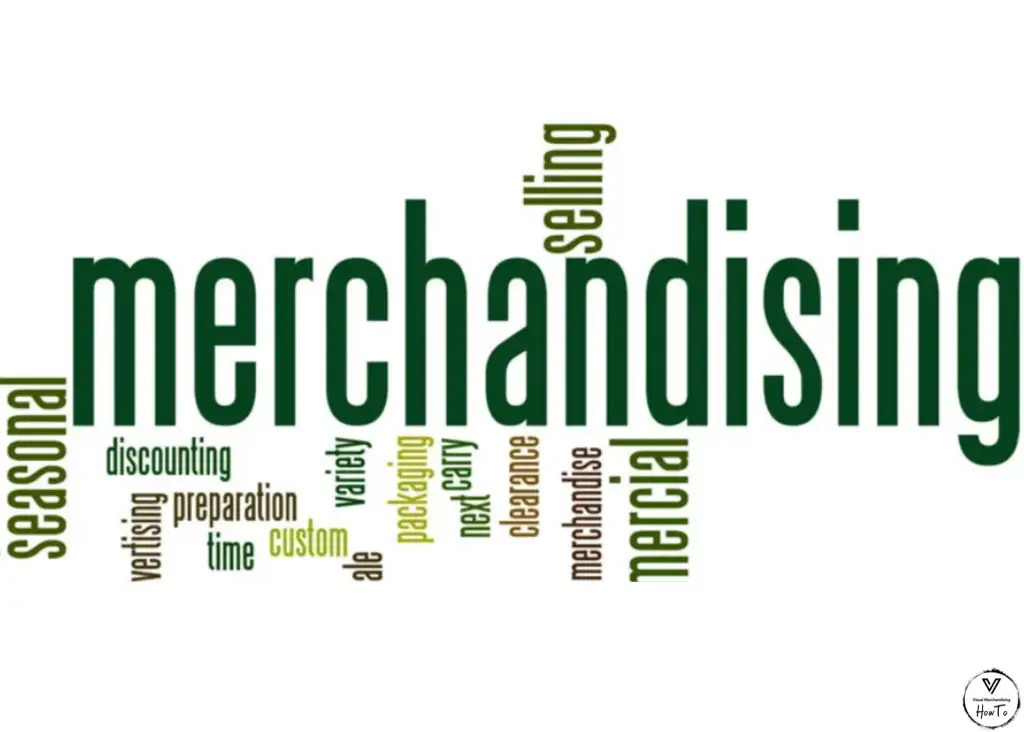
In the most basic terminology, merchandising is a design strategy that involves product placement in an organized and near manager to improve the customer experience while shopping. Although merchandising is never meant to be boring, it’s also not supposed to be the primary store attraction. The main goal is to enhance the overall shopping experience by making in-demand products simple to find and purchase.
The most common method of creating a merchandising layout is through a planogram model, which places merchandise on different fixtures like hanging racks, tables, and shelves. The planogram model allows visual merchandisers to separate items by price points, brand, style, and other consumer-central requirements. This helps customers find the exact products they are searching for without a headache.
Merchandising is critical for three primary reasons: promoting products, product placement, and variety. Promoting special products or those that are on-sale increases the chance of customers browsing products around it. Product placement strategies in physical and online stores put further products into the consumer’s view. Finally, when customers expect a product variety in a store, merchandisers need to provide a broad selection that targets their tastes.
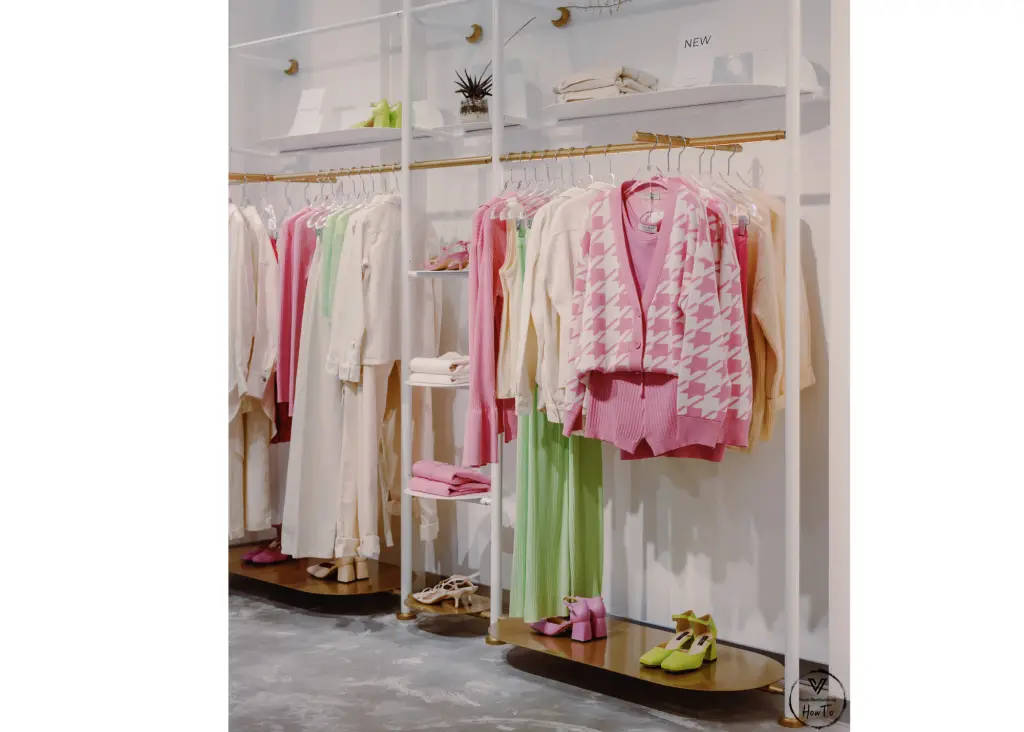
What are merchandising cycles?
Different geographic locations, climates, and cultures have specific merchandising cycles that are impacted by local, regional, domestic, and international holidays, seasons, regional events, school schedules, and even weather patterns. During each cycle, specific products are discounted, placed on sale, or promoted and become highly marketed or moved to prominent locations. For instance, retail stores with clothing items targeting different seasons must present weather-appropriate apparel for purchase.
What does a merchandiser do?
Merchandisers have a variety of roles for which they are responsible, including:
- Accompanying buyers to manufacturing plants to watch product processes.
- Analyzing all aspects of bestselling and in-demand products.
- Analyzing past sales and reporting on the current season’s lineup.
- Controlling stock levels based on seasonal forecasts.
- Develop store layouts.
- Gathering customer product reactions.
- Utilizing computer software to gather sales statistics and projections.
- Work closely with visual merchandisers on product placements.
What is visual merchandising?
On the other hand, when comparing visual merchandising vs merchandising, the goal of visual merchandising is to grab the consumer’s attention. This strategy strives to show consumers why they need to buy a specific product right now, how to use it, or how several products can be utilized together. The best examples of visual merchandising include mannequin displays, window displays, and feature end displays. The primary result of this technique is to draw attention to a specific product that the customer could have overlooked and entice them to make the purchase.
Although visual merchandising is a creative and exciting aspect of product placement marketing, it’s not an unaided feature. This means that merchandising must be in place first to have visual merchandising implemented. The two design strategies must complement one another to maximize the consumer shopping experience.
When utilizing the two strategies together, the most important aspect is to implement a plan. That means ensuring both displays support the company goals and branding. Visual merchandisers must conduct walk-thoughts of the store to ensure each display and product placement flows together seamlessly in such a way that the consumer will benefit.
What does a visual merchandiser do?
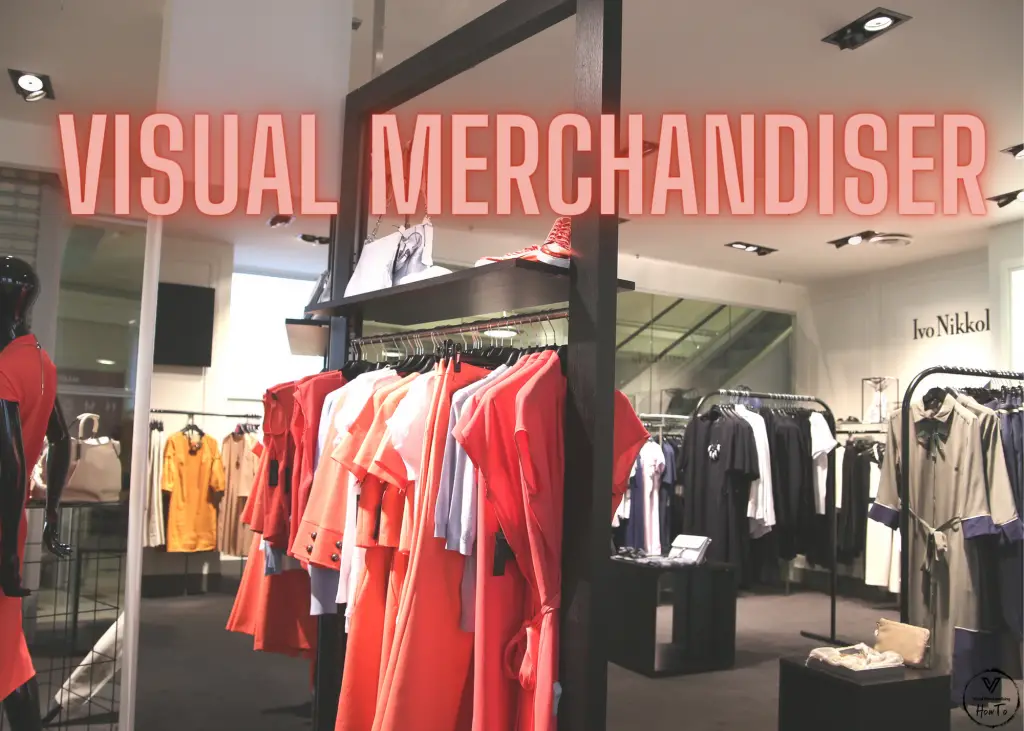
Decades ago, salesmen noticed that if a passerby on the street sees a product through the window, it forces that consumer to enter the shop and possibly buy the window display unit or another product. These were the initial stages of visual merchandising. The primary responsibilities of a visual merchandiser include:
- Control the installation and display of various units.
- Coordinates seamless displays across multiple stores.
- Create visually appealing displays within the store.
- Develop merchandising projects.
- Hang different assortments within the store.
- Train sellers on how to use, present, and support merchandising units.
- Widow design and dressing.
Other Key Terms:
- Difference between visual merchandising and display
- What is visual merchandising
- What is the difference between styling and dressing the store
- What are the four elements of visual merchandising?
- What is merchandising?
- Visual merchandising window display
- Why is display considered part of visual merchandising?
- Why is visual merchandising still important for non-store retailers?


